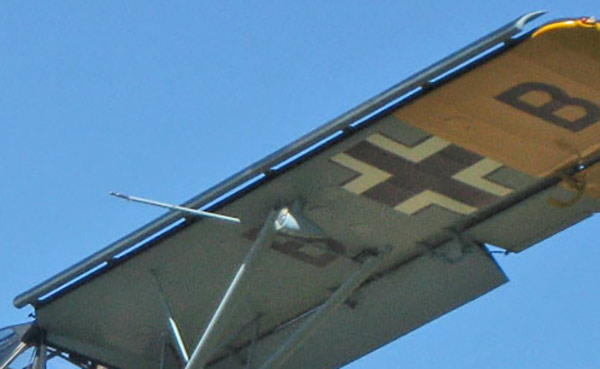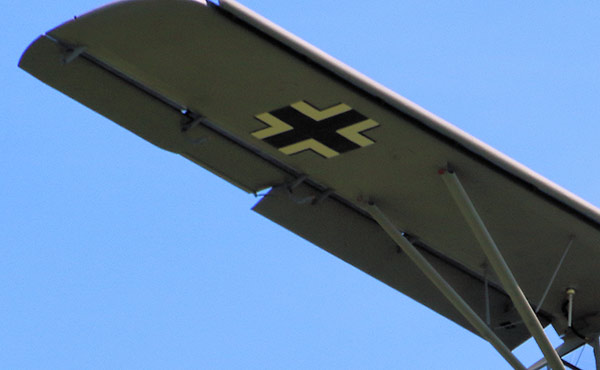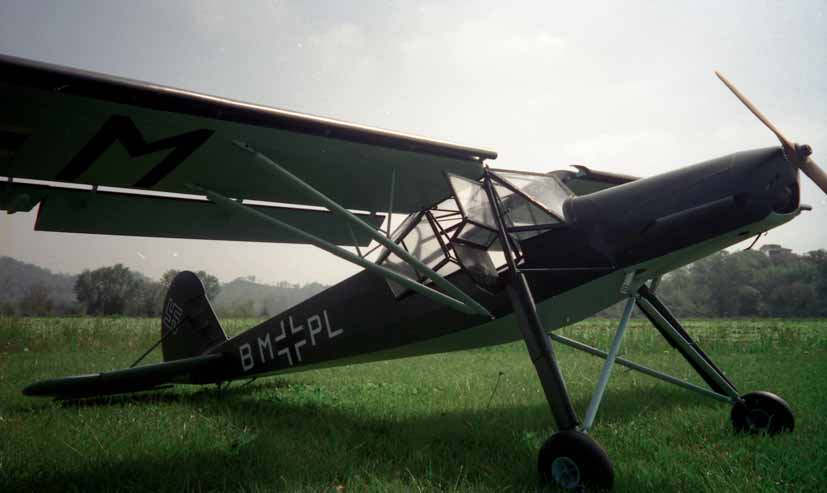The Granddaddy of STOL
The Storch succeeded so well that production was continued after the war in France and Czechoslovakia, and the design spawned several full-sized and 3/4-scale copies that were manufactured in many other countries. Replicas of the original airplane are still produced today.
What Made It Work?
Inspired engineering, incorporating some very promising innovations in aircraft design.
Handley Page Slats
The long wingspan of the Storch is rendered even more effective at generating low-speed lift by adding these slats. Derivatives of the Handley Page design are in use today in commercial airliners as well as a number of STOL aircraft.

Outboard Struts with OLEO Shocks
“A three-point or so-called full-stall landing is better described as a full-mush landing. You can actually feel the rapid drag rise and developing sink rate early in the flare. To avoid premature touchdown, you need to pull the stick back aggressively and fully. The long-stroke oleos then squish and the gear legs spread as the airplane settles onto the ground at what seems like a standstill. The landing sequence is much like a large bird alighting on a rock, its great wings extended and angled to catch the wind.”

Fowler-Style Flaps & Drooping Ailerons
The Storch’s ailerons are synchronized to droop with the flaps when they extend past 20 degrees, forming in effect a full-width flap that creates powerful additional lift and drag.
Although the Storch weighs in at about 300% of a J3 Piper Cub, it is capable of slower flight and shorter takeoffs and landings.
Historic Newsreels Featuring the Storch
Timeless Innovations
The Storch remains a landmark in STOL design, because the engineers and inventors who contributed their ideas to its development introduced aeronautical innovations that are as useful and practical today as they were then.

Here’s an interesting write-up by Paolo Severin of how he researched and designed his 1/4 scale flying model of the Fi 156 Storch.
Note: SportairUSA is not affiliated with Paolo Severin srl.
Distributor
Savage aircraft are distributed in the USA by SportairUSA, LC. Located at KORK North Little Rock Municipal Airport, North Little Rock, Arkansas.
Manufacturer
Savage aircraft are manufacured by Zlin Aviation, s.r.o. Located in Napajedla, Czech Republic.



